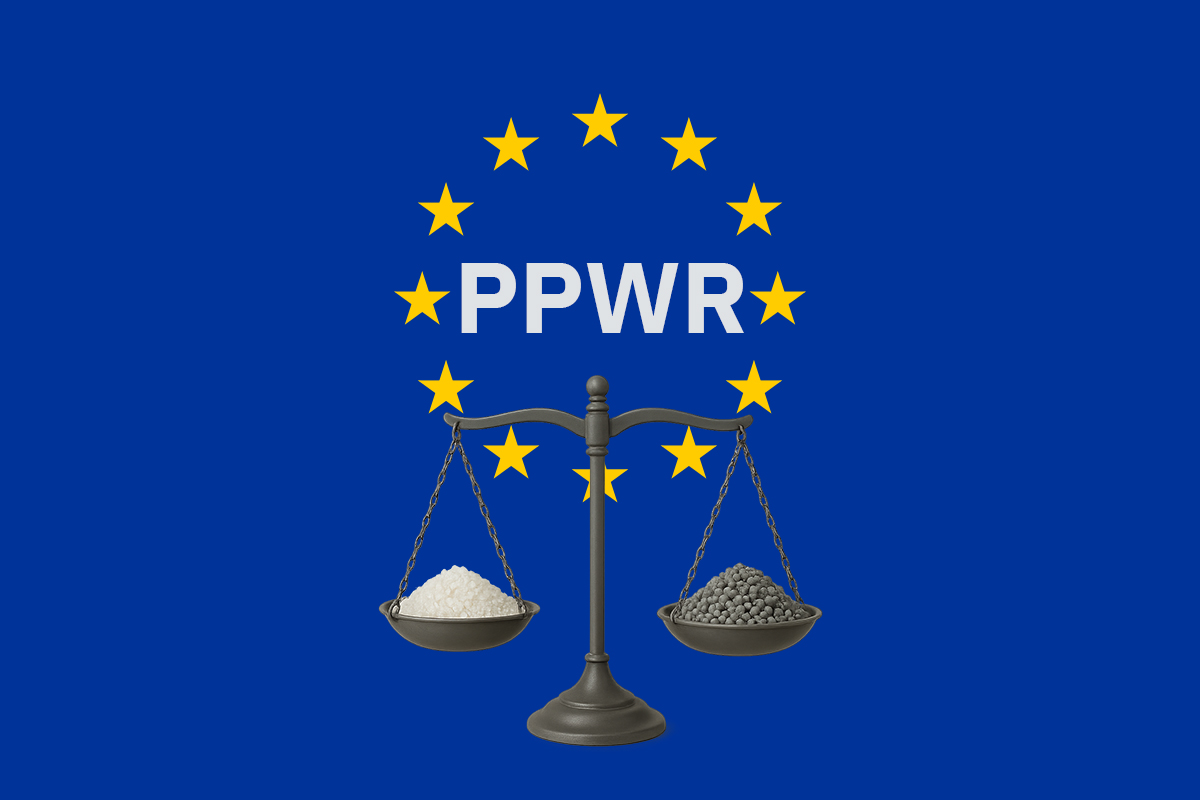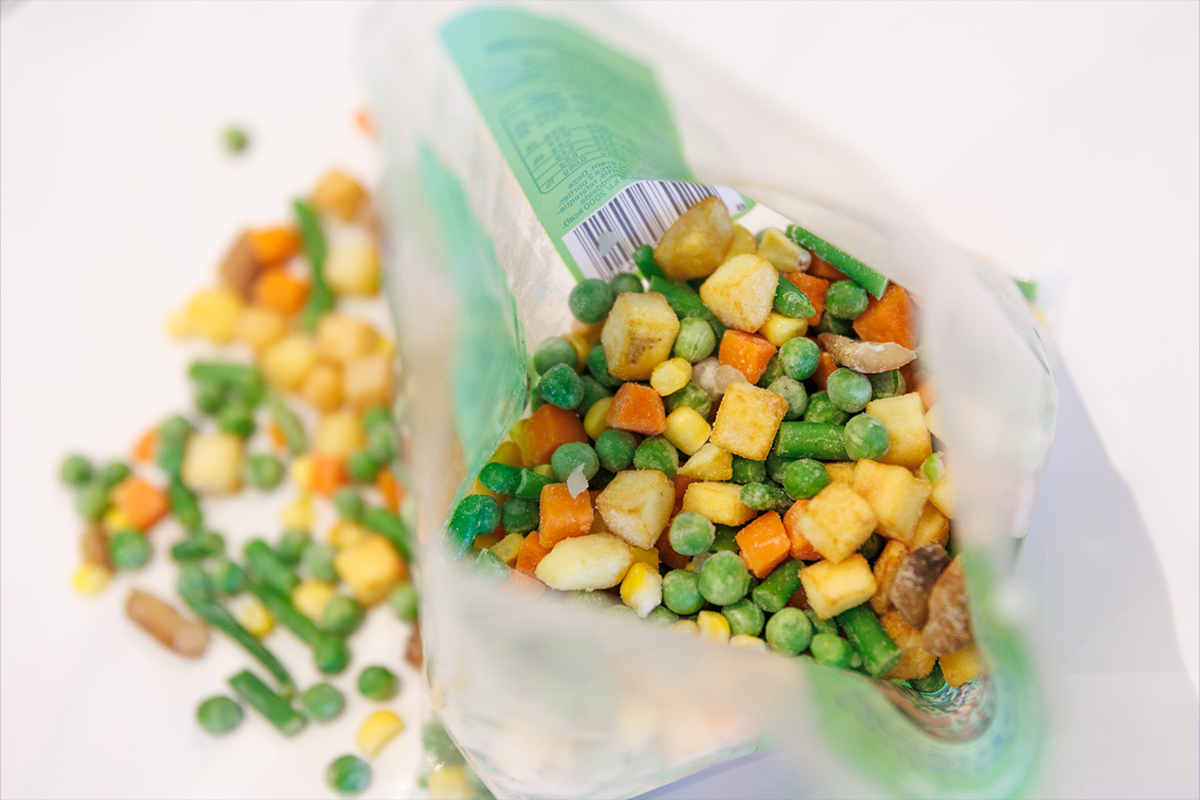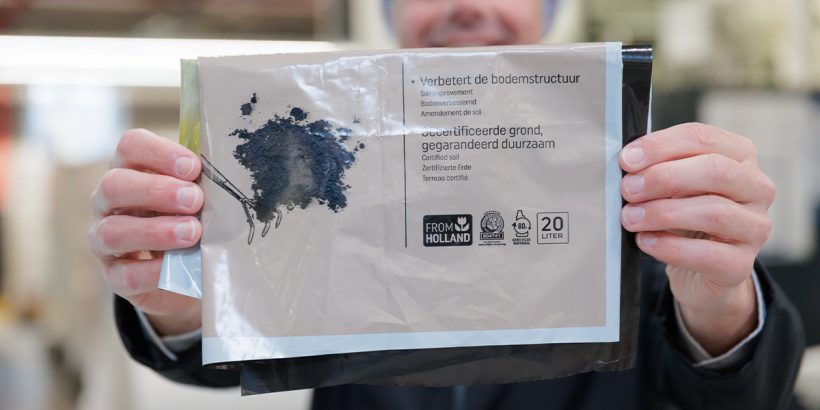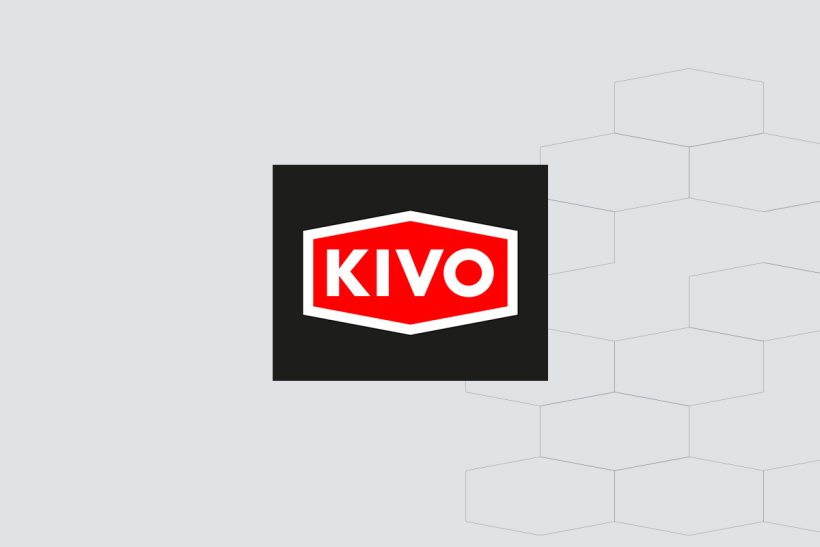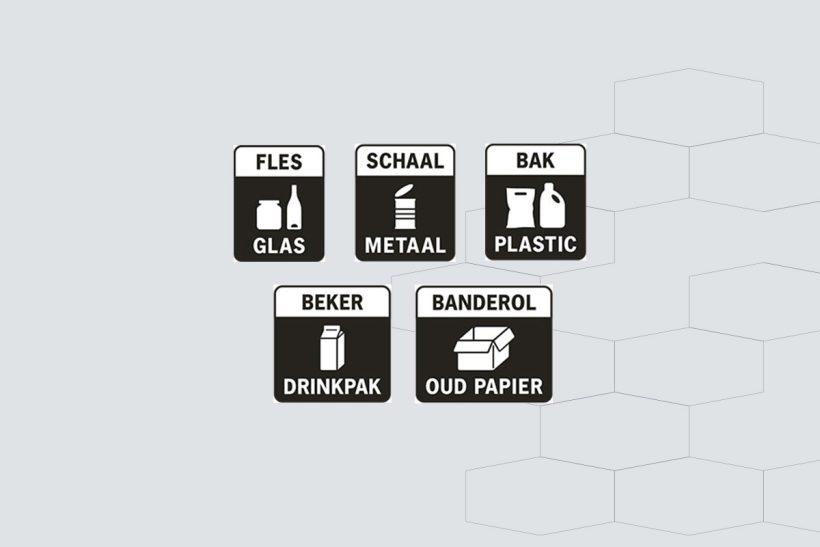More and more companies want to make their packaging more sustainable. But how do you tackle this within the food industry, where strict regulations apply to materials that come into contact with food? The mass balance principle offers a solution here. In this article, we explain what mass balance is, how it works and why it is an important tool within the European PPWR regulation for sustainable food packaging.
What is mass balance?
The mass balance principle is an accounting system that allows producers to allocate how much of their final product comes from recycled raw materials. This is particularly important in chemical recycling, where recycled plastic is reduced at the molecular level to a raw material that is chemically identical to virgin plastic. Because these recycled and virgin molecules are physically indistinguishable from each other in the production process, an administrative system is needed to prove origin and use.
Example of mass balance approach:
A producer uses 1,000 tonnes of raw material in one plant annually, of which 300 tonnes are chemically recycled. Through mass balance, the producer may label a proportionate part of its output (e.g. 30 per cent) as "made from recycled material", provided this is demonstrable and certified.
Chemically recycled plastic and the PPWR legislation
Within the new European Packaging and Packaging Waste Regulation (PPWR) legislation, chemically recycled plastic is recognised as recycled material, provided the following conditions are met:
- The recycled material comes from post-consumer plastic waste (i.e. not just production waste).
- The recycling technology is certified and demonstrably effective, e.g. through ISCC PLUS.
- There is a traceable "chain of custody" through the mass balance system.
- The end product is of similar quality to virgin plastic, and suitable for the same applications.
- The recycled material is processed through industrial processes at scale, which have been identified as "state-of-the-art".
Packaging that comes into contact with food is also subject to additional requirements under Regulation (EU) 2022/1616, which states that only chemically recycled material is eligible for these applications. Mechanically recycled plastic (PCR) may not be used in food packaging, even if it is coated with a virgin layer.
Why is mass balance needed in food packaging?
Because chemically recycled plastic is basically indistinguishable from virgin material, without mass balance you cannot prove what proportion is recycled. For compliance with future legal obligations, such as the recycled-content targets from 2030, mass balance offers a permissible route for producers in the food industry.
Benefits of mass balance
- Suitable for food packaging where there is direct contact with the product
- Supports companies in meeting mandatory recycled content targets
- Connects to existing industrial production systems
- Facilitates certification and transparency in the chain
Points of interest
- The recycled material is not physically present in each individual package
- Claims about recycled content should always be based on a certified system
- Transparent communication to customers is crucial to avoid greenwashing
How is KIVO responding to this?
KIVO does not use PCR in packaging for direct food contact, in line with European regulations. For applications requiring recycled content and food safety, we work with certified partners in chemical recycling and apply the mass balance principle. Through our chain partnerships, we can help customers make their packaging solutions PPWR-proof, without compromising on safety or processability.
Frequently asked questions
Can I use PCR in food packaging if there is a virgin inner layer?
No, PCR (mechanical recyclate) is legally excluded for direct contact with food, even when using multiple layers. Only chemically recycled plastic is eligible.
Is chemically recycled plastic recognised as 'recycled' under the PPWR?
Yes, provided it meets requirements such as certification, traceability, and origin from post-consumer waste. The material must be demonstrably allocated to the correct application via mass balance.
Is mass balance reliable or greenwashing?
Mass balance is a recognised system, but only reliable if it is correctly applied and certified (e.g. ISCC PLUS). Transparency about what is and is not physically present remains essential.
Conclusion
The mass balance principle is a key component in the transition to circular packaging, especially within the food industry where there are legal restrictions on direct contact with recyclate. Chemically recycled plastic combined with mass balance offers a realistic and legally permissible route to meet the upcoming European requirements from the PPWR. For companies, now is the time to align processes to this and choose partners to enable this route.
Want to know how your packaging can be PPWR-proofed using mass balance and chemical recyclate? Feel free to contact our specialists.
